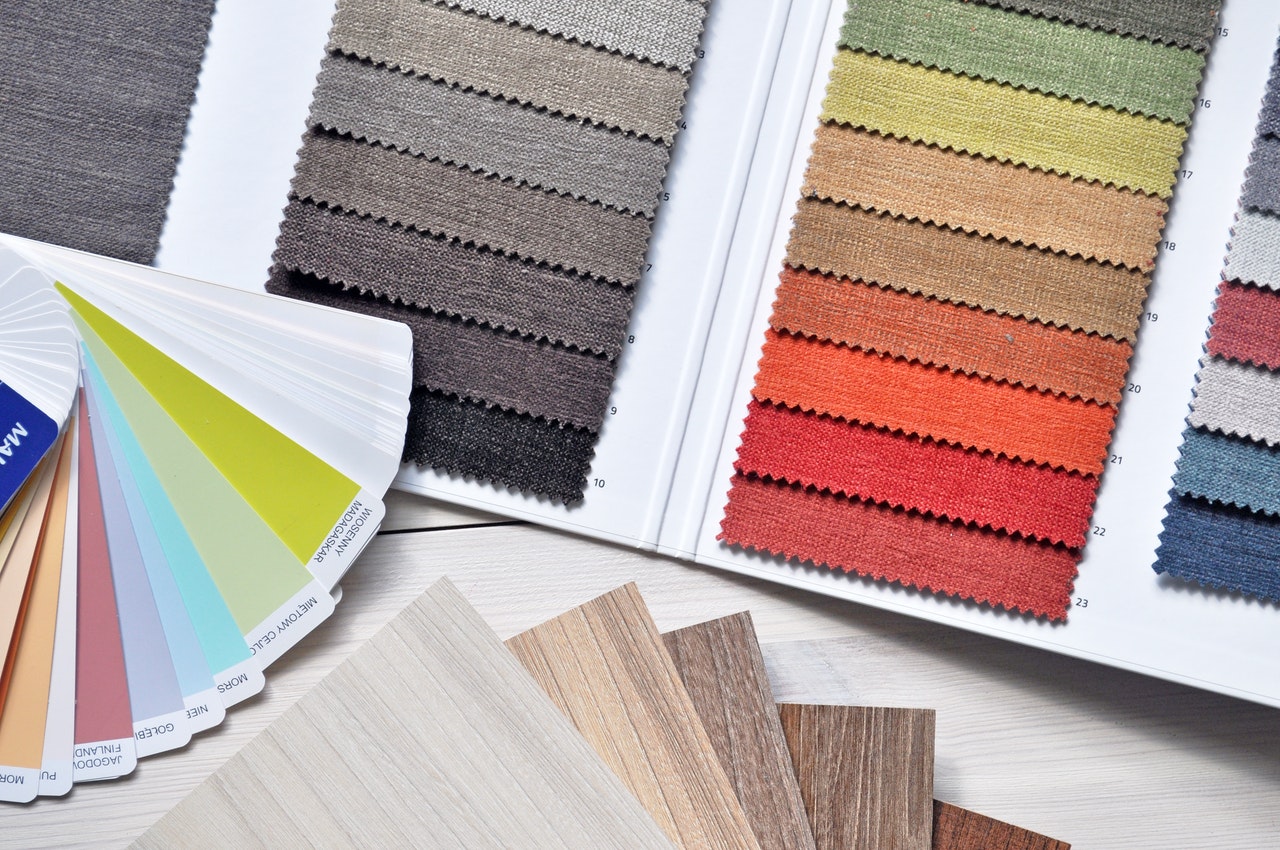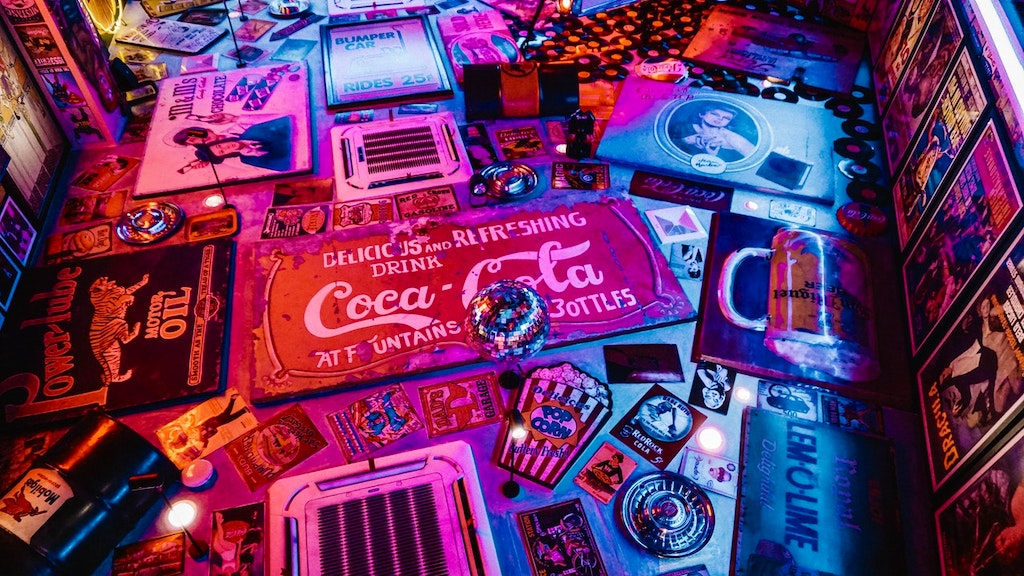
Color is useful to any business. In fact, it is such a powerful component of graphic design that it can attract attention, engage viewers, complement shapes, and even evoke strong emotions. Although we were taught color as kids, there’s a whole lot more to it than just primary, secondary, and tertiary colors. So, check out our guide on hues, tints, tones, and shades for all the details.
We definitely would have heard these terms at some point. However, what you may not know is that they have a very specific meaning and are quite different from each other. It’s essential for any designer or even a business owner coming up with designs to take note of these tiny nuances as the right color combination of tints and tones can have a profound impact on the viewer.
The right combination of colors can be so appealing it might give the viewer a reason to consider your service, product, or brand. So, here’s the importance of color theory and the differences between hues, tints, tones, and shades.
The Importance of Color Theory to Graphic Design

As mentioned earlier, colors can evoke strong emotions in people. So, color theory essentially teaches us how to use different color combinations and generate various emotions in the viewer. Of course, color theory also covers color harmony, and much more.
Other than the emotional component, color theory is extremely important to graphic design from a purely aesthetic point of view. It is, after all, important that the colors are in harmony as the wrong combination can be jarring. For example, the red color on a dark green background will stand out due to its high contrast as opposed to yellow on an orange background which tends to blend together.
So, how does one understand color theory? Well, the best place to start would be the color wheel. The color wheel essentially shows you what colors contrast each other and what nearby colors can create color harmony. Contrasting or complementary colors can be found on the opposite side of the color in the wheel. For example, purple and yellow work exceptionally well together as they are found on opposite sides of the color wheel.
Similarly, harmonious color combinations refer to colors that are right next to each other. For example, blue and green . While harmonious colors are pleasing to the eyes, contrasting colors are used to help a color stand out.
Related: Understanding The Color Theory Behind Pink and Its Uses
The Fundamentals Behind Hues, Tints, Tones And Shades

Hue

The most basic definition of hue is that it’s a pure pigment that isn’t tainted by black or white. Any color on the color wheel is a hue. Neutral colors like white, black, and gray are not hues. The hue is also the core component of color as it is the first thing we see.
The hue is one of the major aspects of color theory and is always viewed in the context of six primary colors: red, orange, yellow, green, blue, and violet. Even when colors are blended to form secondary or tertiary colors, there is always only one hue. It is the underlying base color of a mixture.
Tints, tones, and shades, on the other hand, are variations of hues when black and white are mixed in.
Tint

Tints are the result of adding white to any hue on the color wheel. Tints will lighten the color, making it less intense and easy on the eye. Although it is pleasing, it needs to be measured well or it can desaturate the hue, making it look dull. When the tint is mixed right, it is commonly known as pastel. For example, when a pure green hue is mixed with white, you get a light pastel green, which is a tint of green.
Shade

Similarly, a shade is the result of black being added to a hue on the color wheel. A shade will make the hue richer and darker. However, adding more than a certain amount can make it extremely intense as black is quite overpowering. So, it’s better to start with a minimal amount of black color and increase it based on your needs. After all, if black is added to a blue hue, it can not only make it dark blue, but it can potentially convert the hue into black.
Tone

Tone, on the other hand, is a little different. You get a tone when you add gray to a hue. Of course, this gray has to be a neutral gray, which is a mix of pure black and white. A tone like a tint will reduce the intensity of a hue. However, while a tint increases the brightness of the hue, the tone makes it more sophisticated.
Practical Uses of Tints and Shades

So, how are tints and shades useful to graphic design ? Well, although there are multiple uses of both, they’re most commonly used to create depth and/or dimension. Of course, using one or both, you can even create a theme or a mood around your designs.
Most importantly, you can make your designs extremely flexible. For example, you can blend in colors seamlessly and even make them stand out using multiple layers of tints and shades, creating contrast.
To wrap up, by understanding hues, tints, tones, and shades, you can create the perfect brand colors for your business. After all, incorrect use of color in your brand has the potential to terribly backfire. For example, using black and red for a baby brand. So, it’s better to understand these fundamental aspects of color theory as it’ll help you get the messaging and aesthetics right. One Free app to design, collaborate, and scale your work .












